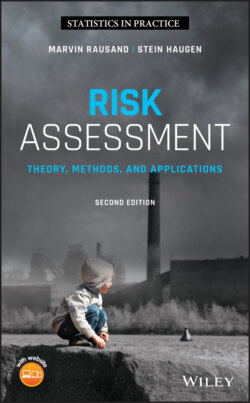Читать книгу Risk Assessment - Marvin Rausand - Страница 227
4.5 Complexity
ОглавлениеRecent books on risk and reliability analysis are concerned with “complex systems,” but (almost) none of them define what they mean by the term complex. In our understanding, we may classify a system into one out of three categories:
Simple systems. A simple system is easy to understand and can be analyzed by following a defined procedure or algorithm. Most simple systems have a rather small number of components. Simple systems comply with the Newtonian–Cartesian paradigm.
Complicated systems. A complicated system has a high number of components with a fair degree of interrelationships and interdependencies between the components. By using current knowledge (e.g. by involving subject experts), we can understand the relevant system properties and analyze it. The relationships between the components can be reduced to clear, predictable interactions. Complicated systems can be decomposed and comply with the Newtonian–Cartesian paradigm. Examples of complicated systems include airplanes and computers.
Complex systems. In a complex system, the behavior of at least some of the components or the interactions between them are not fully understandable, even when using all current knowledge. The performance of a complex system cannot be predicted adequately via linear relationships. A complex system cannot be adequately understood and analyzed by traditional approaches because the system is something more than a sum of its components. A complex system cannot be decomposed without losing some characteristics and does not comply with the requirements of the Newtonian–Cartesian paradigm. Some authors simply define a complex system as a system that does not comply with the Newtonian–Cartesian paradigm.
The term “complexity” may be defined as follows:
